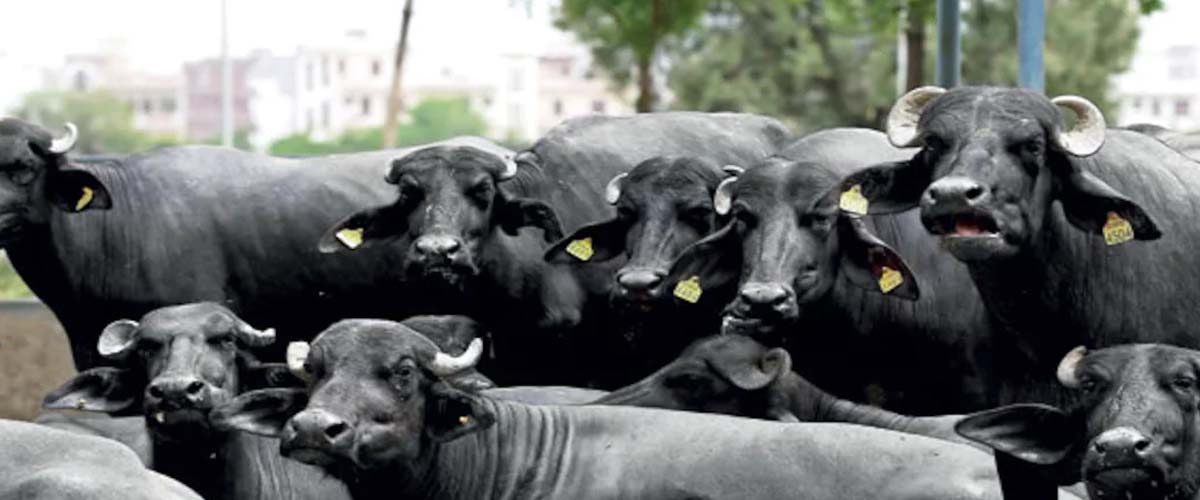Different programs to increase meat production in Indonesia continue to be encouraged. It includes the utilization of potential alternative meat sources, such as buffalo. One of the advantages of buffalo is that they can digest feed containing a high amount of crude fiber, such as rice straw.
Rice straw is abundantly available in during the harvest season and can be stored for use as a feed reserve in the dry season. It allows buffalo to grow well in the dry season, whereas other livestock, such as beef cattle, often show decreased body weight during the dry season despite supplemental feeding1.
One of alternative ways for overcoming the feed problem for buffalo is the provision of quality feed by tapping the potential of local feed ingredients, such as superior forage and concentrate. Improved feed quality is expected to improve the body condition and increase the growth rate2.
Meanwhile, improvements in the genetic quality can be achieved through the selection on young buffalo (before reaching sexual maturity), based on meat production criteria and body condition. Therefore a new study was aimed to determine the response of selected buffalo to feed improvement by using the criteria based on dry matter intake, daily gain and feed conversion3.
It was observed that feeding with different amount of dietary supplements had a very significant effect on the consumption and digestibility of feed ingredients for buffalo. The DMRT results show that consumption and digestibility were higher for select heifer buffalo whose feed was improved by providing concentrate than for those fed without providing concentrate and with only natural grass or elephant grass alone as the main feed.
Feed improvement can accelerate the growth of young female buffalo. Thus, the implication of the research was an increase in growth rate that can decrease the time between puberty and age of first birthing. If applied by the breeder, this approach will increase the productivity of a female buffalo, with implications for increasing the income of breeders. The result of the treatment depends on the costs of the enclosure, planting forage and concentrate, additional time and energy allocated to intensive buffalo husbandry and the ability to ferment the pulp of sago and rice bran.
It was concluded that the selected heifer buffalo demonstrated a positive response to feed improvements. The addition of concentrates to a primary feed of elephant grass or natural grass can increase the rate of growth and improve the efficiency of feed use by selected buffalo.
Keywords:
Buffalo, dry matter intake, daily gain, feed conversion, elephant grass, natural grass, selected heifer buffalo, primary feed, buffalo husbandry, planting forage, concentrate, pulp of sago, rice bran, rice straw, DMRT results.
References:
- Drake, D., Nader, G., & Forero, L. (2002). Feeding rice straw to cattle. UCANR Publications.
- Madan, J., Puri, J. P., & Singh, J. K. (2009). Growth, feed efficiency and blood profile of buffalo calves consuming high levels of fluoride. Tro. Ani. health prod., 41(3), 295-298.
- Nafiu, L.O., Saili, T., Bain, A., Muhidin, Rusdin, M. and Badaruddin, R., 2018. Response of Selected Heifer Buffalo to Feed Improvement in Bombana Regency, Indonesia. Pak. J. Nutr., 17: 683-688.
















Add comment